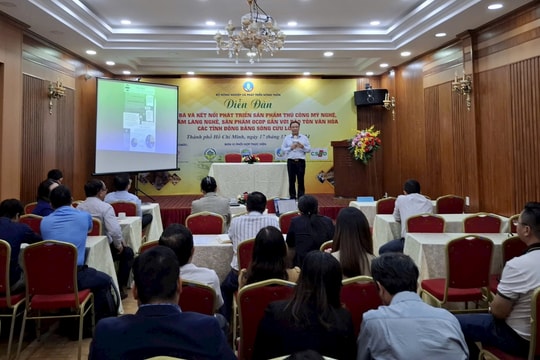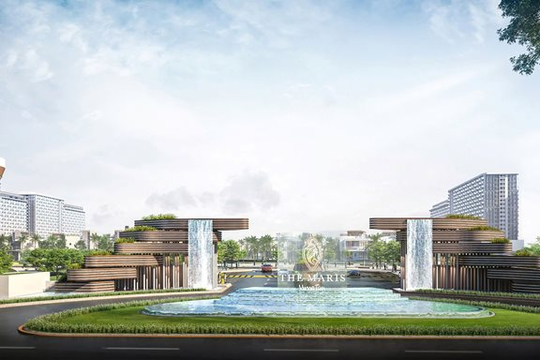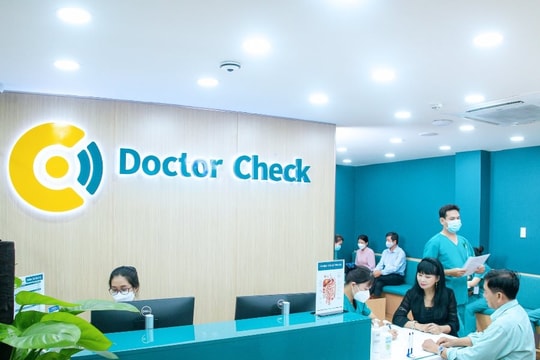The inland waterway transport (IWT) now plays the very important role in connect logistics, particularly in goods export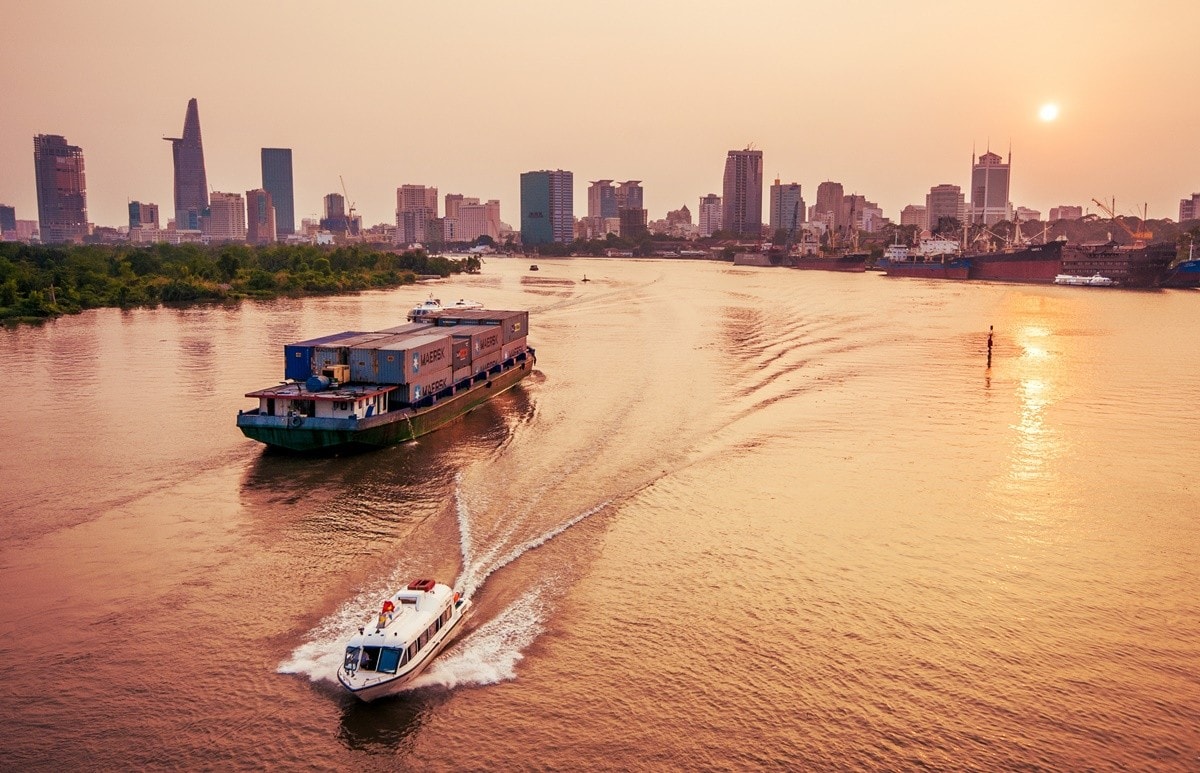
An important connecting channel
On last 9th Oct, in Ho Chi Minh city, Ministry of Transport placed the conference on the infrastructure planning for IWT from 2021 – 2030 and the vision to 2050. Deputy Minister, Mr Nguyen Nhat, chaired the conference. Attending the meeting, there were the delegates of Vietnam Inland Waterways Administration, People’s Committees in 19 provinces and cities in the South; Vietnam Maritime Administration, Vietnam Logistics Business Association (VLA)…
At the Conference, Mr Le Duy Hiep, VLA’s president, said that: “The IWT currently plays very important role in exporting goods, through the logistics connection and the link between seaports, ICD and ports, the transshipment of goods from the internal country to other countries in the region and in the world… It also has the significant role in reducing the logistics cost due to the capacity delivering freights with large volume but lower charges, safer and less environmental pollutions in comparison with other transport modes”.
Also according to VLA president, currently, 95% goods are connected between Ho Chi Minh city and Cai Mep – Thi Vai seaport by the IWT form. In particular, the volume of freight transported by IWT in Ho Chi Minh city and other Southeast provinces/cities already obtained 3.5 million TEUs. The volume of freight from ICDs of Ho Minh city to Cai Mep – Thi Vai was 2.3 million TEUs in 2019, while that number in only Cai Mep – Thi Vai was 3.75 million TEUs. On average, the freight transport by IWT in Cai Mep – Thi Vai seaport increases 20% each year. It can be seen that the demand of using IWT is large, hence the IWT infrastructure planning needs to be completed synchronously, based on the exact demand forecast.
Last time, Prime Minister has issued the Direction no. 37/CT-TTg on 29th Sept 2020 on promoting the development of IWT and coastal transport through the inland transport vehicles. In particular, after nearly 4 years implementing the Decision no. 47/2015/QD-TTg, the Government highly evaluated the achievements. In 2019, the volume of transported freight reached over 300 million tons, accounting for 18.02% the whole industry, and the volume of transshipped freight hit 63 billion tons/km, accounting for 19.66% the whole industry; the average growth rate of transport from 2015 – 2019 reached 10.08%/year (1.44 times higher than that from 2011 – 2015).
Optimize to promote strength
Based on VLA’s White Book, Vietnam is the country having the high density of rivers and channels in the world, with a total number of about 2,360 rivers and channels, that long 41,900 km and has a density of 0.27 kml/km2 and 124 outfalls. The total length of national IWT in use now is 17,253km, wherein the Central administrate the national IWT with about 7,071.8 km in length (accounting for 41% total IWT length currently deployed and administrated all over the country).
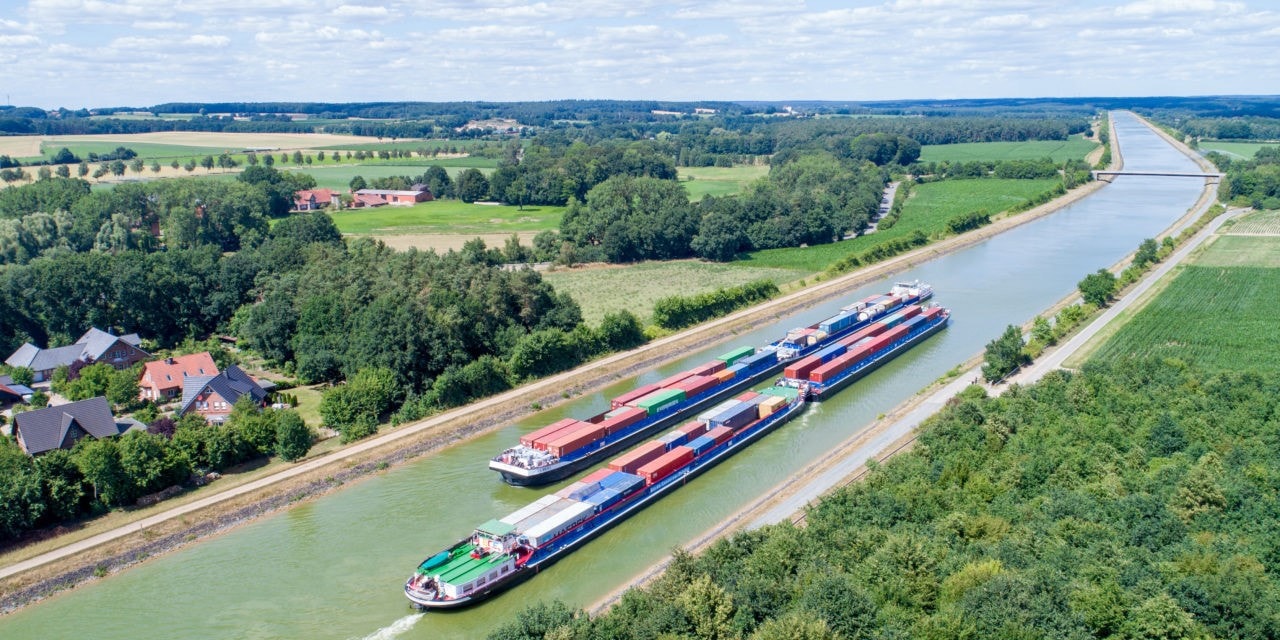
Vietnam is the country having the high density of rivers and channels in the world
Under the circumstance that container transport in our country has been developing strongly and the road transport is currently overloaded, transporting and transshipping container cargoes by IWT is one of the optimal transport solutions in connecting between big seaports like: Ho Chi Minh city seaport, Cai Mep – Thi Vai seaport group, Hai Phong – Lach Huyen seaport group.
Refers to VLA president’s statement, we need to promote IWT resources by optimal ways, especially in the routes between Ho Chi Minh city and Cai Mep – Thi Vai, Cai Mep – Thi Vai and Cambodia and vice versa… Now, Cambodia has very large demand on freight transport because it has only one Sihanoukville seaport that allow the ship to go through, and mostly deliver other goods through Phnom Penh seaport. Hence, Cai Mep – Thi Vai should be further improved the role as an international cargo transshipment port for the small ports in the region of Eastern and Western US to several ports in the Middle East and Europe.
Development orientation
Based on VLA research, to IWT, the role coordinating blank containers to the production areas is very significant. Therefore, it is necessary to actively promote the cooperation between IWT and sea transport, take advantages of capacity of domestic and international shipping lines and bring the market share of IWT up to 35% (instead of 18% as current).
According to the report of Transport Engineering Design Inc (TEDI) regarding the development objectives of IWT from 2021 – 2030, up to 2020, total freight volume by IWT will reach from 651.93 million tons/year to 690.5 million tons/year, this accounts for the market share of 14.52% - 14.61% the whole industry. The average growth rate is from about 8.49% - 9.06%/year. The volume of transshipment from 139,309 million tons/km – 147,551 million tons/km, accounting for 17.38% - 19.04% the whole industry.
With a vision to 2050, it basically needs to complete the modern and sustainable IWT infrastructure system to ensure the favorable connection with other transportation modes. The quality of transport and transport services shall be improved to meet the demands and customer and freight transports with the reasonable cost and safety. In addition, we should grow the market share of freight transport in the main national and international transport corridors, develop strongly the IWT routes to the islands. Also, we need to modernize ICD ports and main seaports in the key economic regions that stick with the system of freight distribution centers.

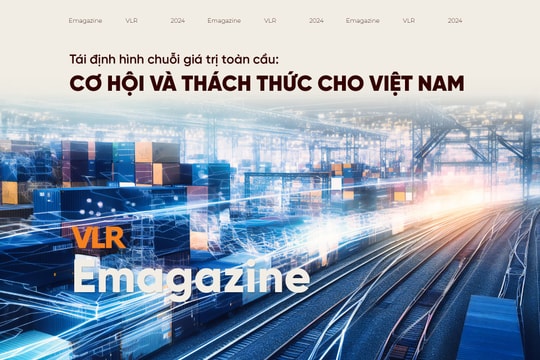
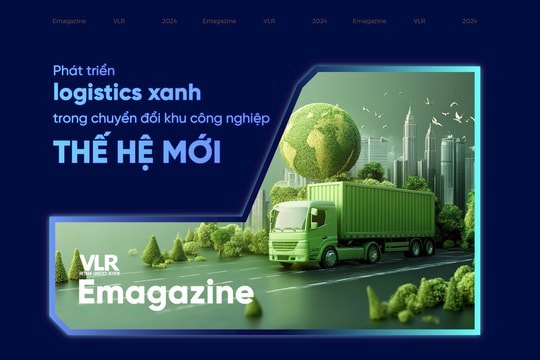






.jpg)
.jpg)
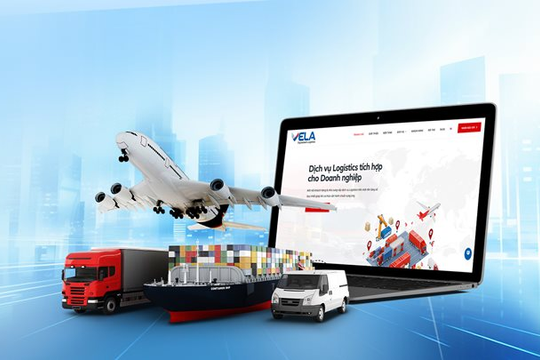
.jpg)
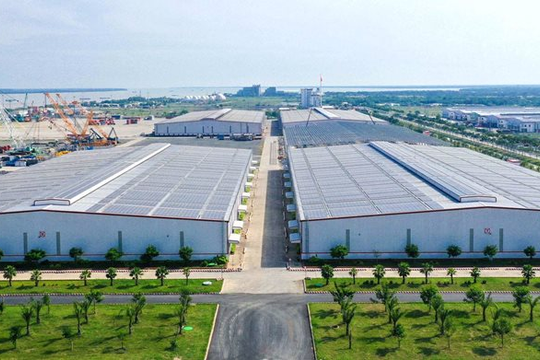
.jpg)
